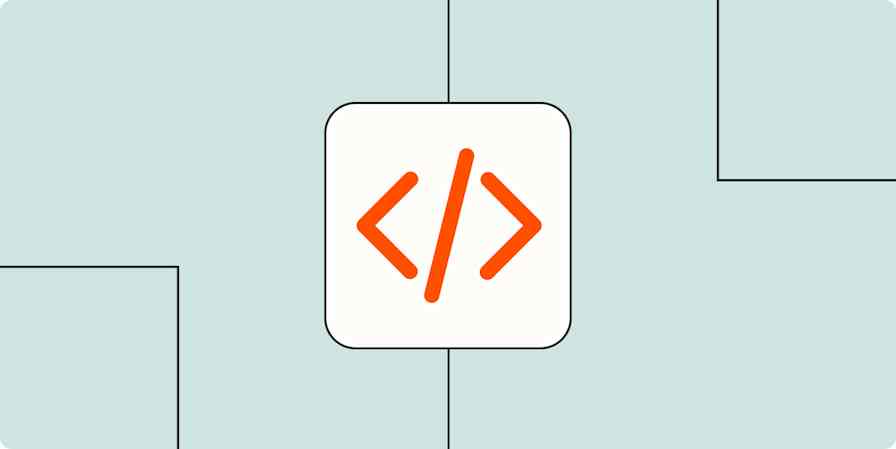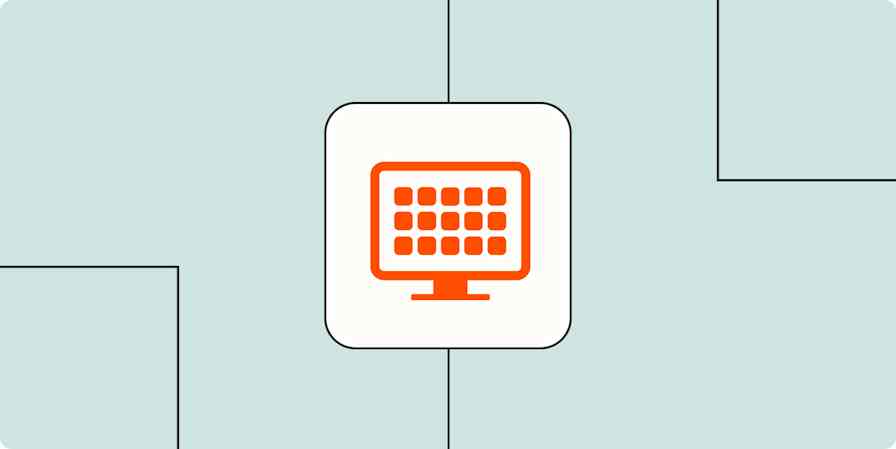Best apps
19 min readThe 8 best no-code app builders in 2025
These are the best tools to build apps without coding.
By Miguel Rebelo · October 2, 2024

Get productivity tips delivered straight to your inbox
We’ll email you 1-3 times per week—and never share your information.
mentioned apps
Related articles
Improve your productivity automatically. Use Zapier to get your apps working together.








